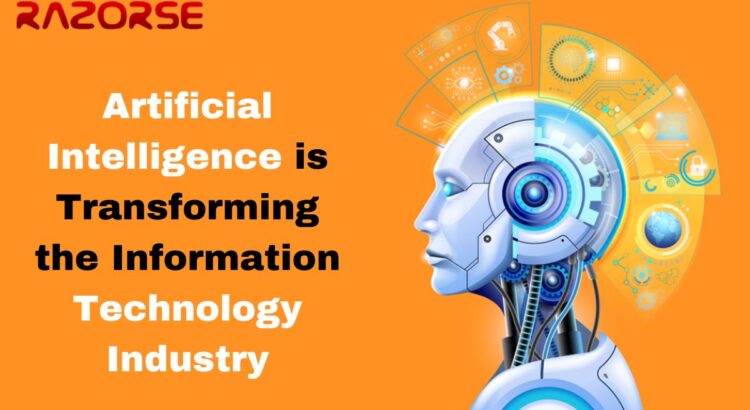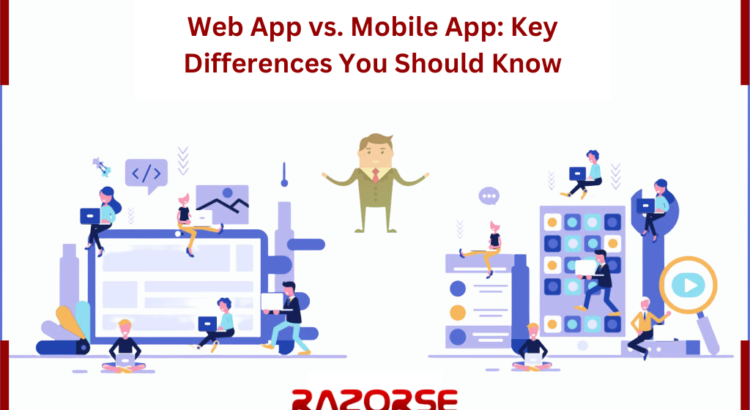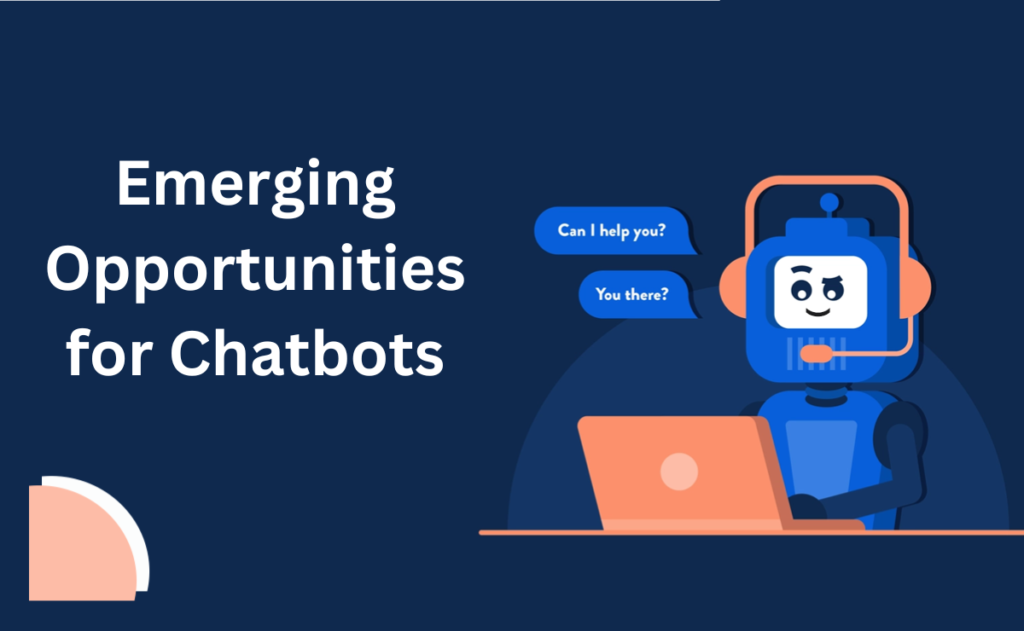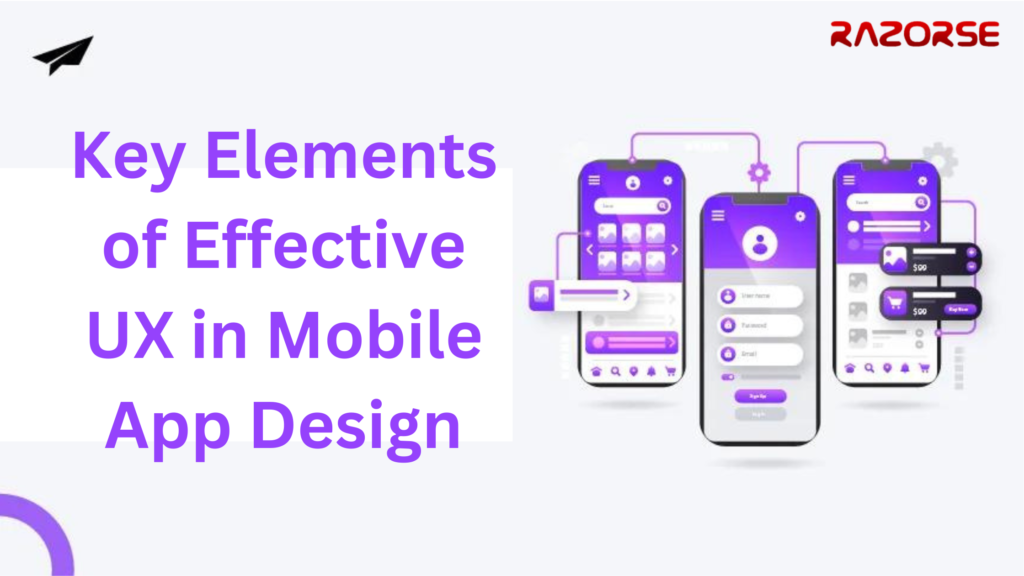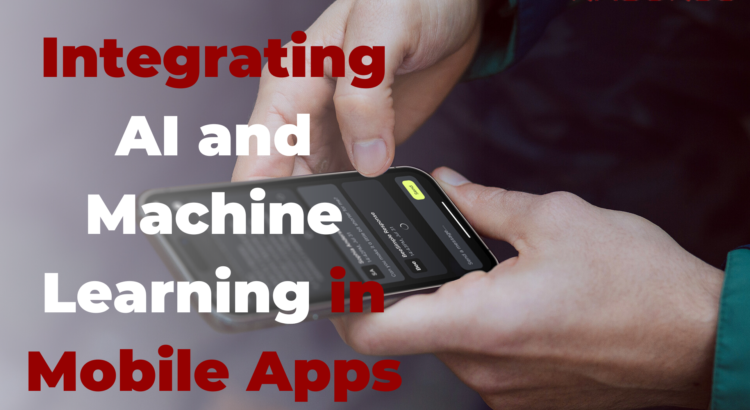Artificial Intelligence (AI) is revolutionizing various sectors, and the Information Technology (IT) industry is at the forefront of this transformation. AI’s capabilities are enhancing IT operations, automating processes, and providing deeper insights through data analysis. This blog explores how AI is transforming the IT industry, focusing on key areas such as IT operations, cybersecurity, software development, and data management.
AI in IT Operations
IT operations have traditionally relied on manual processes and human intervention. However, AI is changing this landscape by introducing automation and intelligence into routine tasks. AI-powered tools and systems can monitor network traffic, predict potential issues, and even resolve problems without human intervention. This not only increases efficiency but also reduces downtime and operational costs.
Enhancing Cybersecurity
Cybersecurity is a critical concern for the IT industry. With the increasing sophistication of cyber threats, traditional security measures are often inadequate. AI is stepping in to bolster cybersecurity by offering advanced threat detection and response capabilities.
AI algorithms can analyse network traffic in real-time, identifying anomalies that may indicate a cyber-attack. Machine learning models are trained on historical data to recognize patterns associated with various types of cyber threats, such as malware, phishing, and ransomware. This enables AI systems to detect and respond to threats faster than human analysts.
Revolutionizing Software Development
Software development is another area where AI is making a profound impact. Traditional software development involves extensive coding, testing, and debugging. AI is streamlining these processes by offering tools that assist developers in writing code, identifying bugs, and optimizing performance.
AI-powered code generation tools, such as GitHub Copilot, use natural language processing (NLP) to understand developers’ instructions and generate code snippets. This can significantly speed up the development process and reduce the likelihood of errors.
In addition to code generation, AI is enhancing software testing. AI-driven testing tools can automatically generate test cases, execute them, and analyse the results. This reduces the time and effort required for testing, allowing developers to focus on more complex tasks. AI can also identify performance bottlenecks and suggest optimizations, ensuring that software runs efficiently.
Improving Data Management
Data is the lifeblood of the IT industry. However, managing vast amounts of data is a challenging task. AI is transforming data management by offering advanced data analytics and automation capabilities.
AI-powered data analytics tools can process and analyse large datasets, extracting valuable insights that would be difficult to obtain through manual analysis. These insights can drive informed decision-making and strategic planning. For instance, AI can analyse customer data to identify trends and preferences, enabling businesses to tailor their products and services to meet customer needs.
AI is also automating data management tasks such as data cleansing, integration, and migration. Machine learning algorithms can identify and correct errors in datasets, ensuring data accuracy and consistency. AI can also streamline data integration processes by automatically mapping and transforming data from different sources.
AI in IT Service Management
IT service management (ITSM) is another area where AI is making significant contributions. AI-powered chatbots and virtual assistants are revolutionizing IT support by providing instant responses to user queries and resolving common issues.
AI chatbots use NLP to understand and respond to user queries in natural language. They can handle a wide range of tasks, from password resets to troubleshooting connectivity issues. This reduces the workload on IT support teams and ensures that users receive timely assistance.
Furthermore, AI is enhancing ITSM by providing predictive analytics. AI algorithms can analyse historical incident data to identify patterns and predict future incidents. This enables IT teams to take proactive measures to prevent incidents, improving service reliability and user satisfaction.
Challenges and Future Directions
While AI offers numerous benefits to the IT industry, it also presents challenges. One major challenge is the need for skilled professionals who can develop, implement, and maintain AI systems. The rapid pace of AI innovation also means that IT professionals must continually update their skills to keep up with new developments.
Another challenge is ensuring the ethical use of AI. AI systems can inadvertently perpetuate biases present in training data, leading to unfair outcomes. Ensuring transparency and accountability in AI decision-making processes is essential to address these concerns.
Looking to the future, AI is expected to continue transforming the IT industry. Advances in AI technologies such as deep learning, reinforcement learning, and quantum computing will drive further innovation. The integration of AI with other emerging technologies, such as the Internet of Things (IoT) and blockchain, will unlock new possibilities and applications.
Final Thoughts
Artificial Intelligence is undoubtedly transforming the Information Technology industry, bringing about significant improvements in efficiency, security, and innovation. From automating IT operations to enhancing cybersecurity, revolutionizing software development, and improving data management, AI is reshaping the IT landscape. As AI continues to evolve, its impact on the IT industry will only grow, driving new opportunities and challenges. Embracing AI and addressing its challenges will be key to staying competitive and leveraging its full potential.
